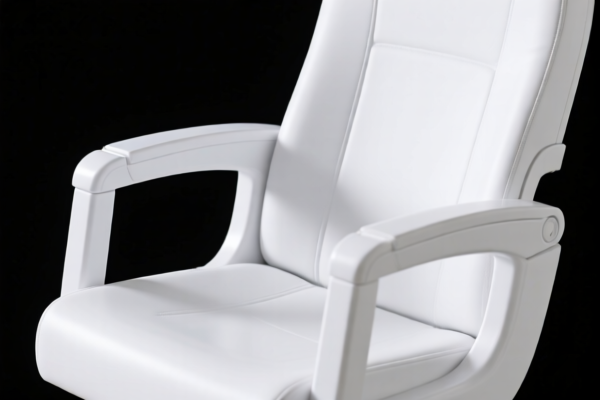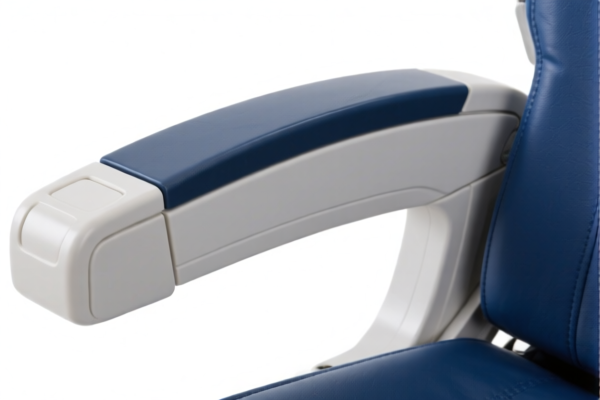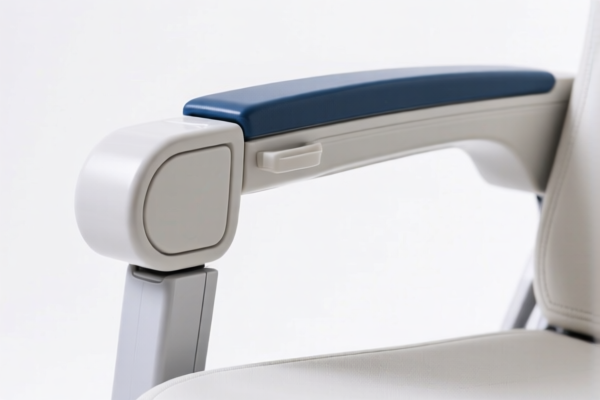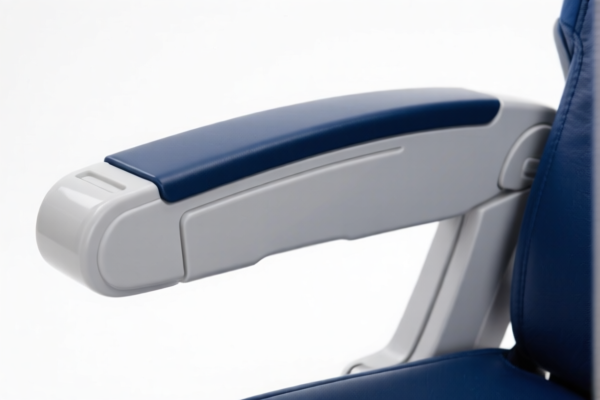| HS Code | Official Doc | Tariff Rate | Origin | Destination | Effective Date |
|---|---|---|---|---|---|
| 9401999081 | Doc | 80.0% | CN | US | 2025-05-12 |
| 9401999005 | Doc | 55.0% | CN | US | 2025-05-12 |
| 9402100000 | Doc | 30.0% | CN | US | 2025-05-12 |
| 9402900020 | Doc | 30.0% | CN | US | 2025-05-12 |
| 8304000000 | Doc | 33.9% | CN | US | 2025-05-12 |
| 9403200090 | Doc | 80.0% | CN | US | 2025-05-12 |
| 9403999010 | Doc | 80.0% | CN | US | 2025-05-12 |
| 8302423065 | Doc | 66.4% | CN | US | 2025-05-12 |
| 8302496085 | Doc | 85.7% | CN | US | 2025-05-12 |
| 3926301000 | Doc | 44.0% | CN | US | 2025-05-12 |
| 3926909989 | Doc | 42.8% | CN | US | 2025-05-12 |
| 3920995000 | Doc | 60.8% | CN | US | 2025-05-12 |
| 3920995000 | Doc | 60.8% | CN | US | 2025-05-12 |
| 6701003000 | Doc | 59.7% | CN | US | 2025-05-12 |
| 6701006000 | Doc | 59.7% | CN | US | 2025-05-12 |
| 6703003000 | Doc | 37.5% | CN | US | 2025-05-12 |
| 6703006000 | Doc | 37.5% | CN | US | 2025-05-12 |




Armrest
An armrest is a supportive projection extending from a chair or seat, designed to rest the arms and elbows. They contribute to user comfort and can reduce strain on the shoulders and neck.
Material
Armrests are constructed from a diverse range of materials, selected based on cost, durability, aesthetics, and intended application. Common materials include:
- Wood: Traditionally used, offering a classic appearance and varying degrees of hardness. Often found in higher-end furniture.
- Plastic: Lightweight and cost-effective, suitable for mass production and various designs. Polypropylene is a frequently used type.
- Metal: Provides strength and durability, commonly used in office chairs and industrial seating. Aluminum and steel are typical choices.
- Upholstery: Often covers padded armrests, using materials like leather, fabric, or vinyl for comfort and aesthetics.
- Composite Materials: Combining materials like wood with plastic or metal for enhanced properties.
Purpose
The primary purpose of an armrest is to provide support for the arms and elbows, thereby:
- Reducing Muscle Strain: Supports upper body weight, lessening the load on shoulder, neck, and back muscles.
- Improving Posture: Encourages a more relaxed and ergonomically sound seating position.
- Enhancing Comfort: Provides a resting point for arms, reducing fatigue during prolonged sitting.
- Facilitating Easier Movement: Assists in getting in and out of a chair, especially for individuals with mobility limitations.
Function
Armrests function through:
- Weight Distribution: Spreading the load of the upper body across a larger surface area.
- Stabilization: Providing a fixed point for the arms, improving balance and control.
- Adjustability: Many armrests are adjustable in height, width, and angle to accommodate individual user preferences and body types.
- Padding: Provides cushioning for comfort, often using foam or gel materials.
Usage Scenarios
Armrests are found in a wide variety of seating applications:
- Chairs: Common in office chairs, dining chairs, lounge chairs, and gaming chairs.
- Sofas & Couches: Provide comfort and support for relaxation.
- Automobiles: Integrated into vehicle seats for driver and passenger comfort.
- Airplanes: Found on passenger seats for long-duration flights.
- Wheelchairs: Essential for providing support and assisting with mobility.
- Public Seating: Often found in waiting rooms, theaters, and stadiums.
Common Types
- Fixed Armrests: Permanently attached to the chair frame, offering simplicity and durability.
- Adjustable Armrests: Allow for customization of height, width, and angle.
- Padded Armrests: Feature cushioning for enhanced comfort.
- Loop Armrests: Characterized by a continuous, rounded shape.
- T-Armrests: Have a T-shaped design, providing a wider surface area for support.
- Integral Armrests: Formed as part of the chair's structure, often seen in modern designs.
- Flip-Up Armrests: Can be folded away to save space or accommodate different users.
- Height-Adjustable Armrests: Allow for customization of height.
- Width-Adjustable Armrests: Allow for customization of width.
- Swivel Armrests: Allow for customization of angle.
Based on the provided information, identifying the precise HS code for "armrest" requires understanding its material composition and intended use. Here's a breakdown of potentially relevant HS codes:
- 8302423065 - Base metal mountings, fittings and similar articles suitable for furniture, doors, staircases, windows, blinds, coachwork, saddlery, trunks, chests, caskets or the like; base metal hat racks, hat-pegs, brackets and similar fixtures; castors with mountings of base metal; automatic door closers of base metal; and base metal parts thereof: Other mountings, fittings and similar articles, and parts thereof: Other, suitable for furniture: Of iron or steel, of aluminum or of zinc Other. This code applies to metal armrests or metal components used in armrests for furniture. Chapter 83 covers base metal articles, Heading 8302 specifically covers mountings, fittings, and similar articles.
- 3926301000 - Other articles of plastics and articles of other materials of headings 3901 to 3914: Fittings for furniture, coachwork or the like: Handles and knobs. If the armrest is made of plastic and functions as a handle or knob on furniture, this code may be applicable. Chapter 39 covers plastics, and Heading 3926 covers fittings for furniture.
- 3926909989 - Other articles of plastics and articles of other materials of headings 3901 to 3914: Other: Other. This is a broader category for plastic articles not specifically classified elsewhere. If the armrest is made of plastic and doesn't fit the more specific classifications, this code could be used. Chapter 39 covers plastics, and Heading 3926 covers other plastic articles.
- 9401999081 - Seats (other than those of heading 9402), whether or not convertible into beds, and parts thereof: Parts: Other: Other. If the armrest is a component of a seat (not a standalone item), this code might apply. Chapter 94 covers furniture, and Heading 9401 covers seats and parts thereof.
Important Considerations:
- Material Verification: The tariff rates are heavily dependent on the material composition. For codes 8302423065, confirming whether the armrest is made of iron, steel, aluminum, or zinc is crucial.
- Function and Application: Determine if the armrest is a standalone component or part of a larger seat assembly. This will help differentiate between codes 9401999081 and the others.
- Plastic Composition: If the armrest is plastic, determine if it qualifies as a handle or knob (3926301000) or falls into the broader "other" category (3926909989).
According to the provided reference material, the HS code options related to 'armrest' are limited, with only the following 9 found.
Customer Reviews
No reviews yet.